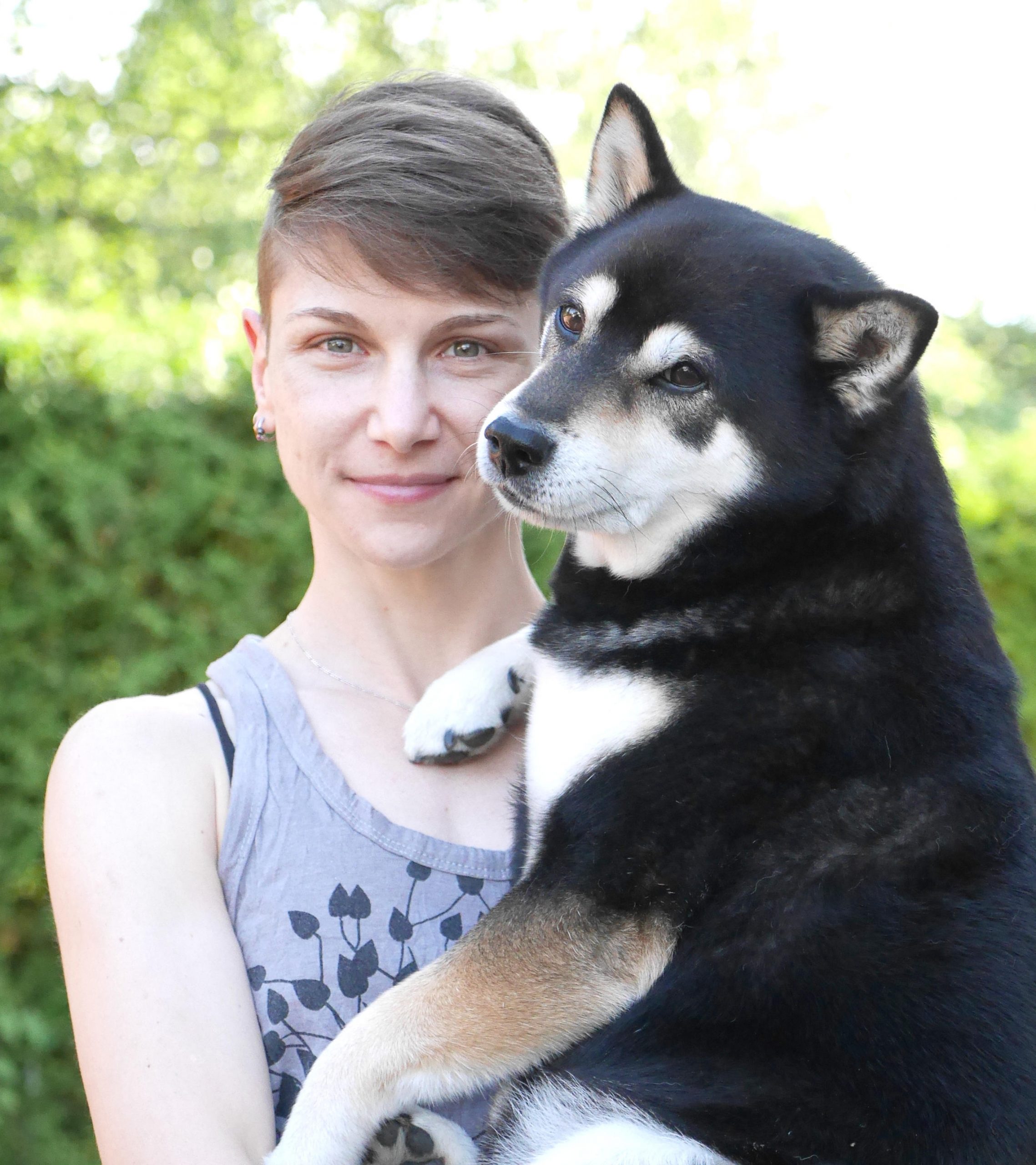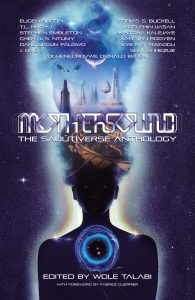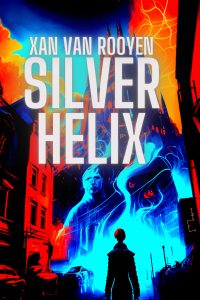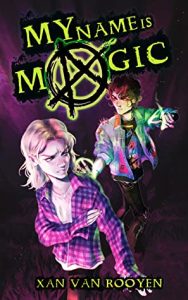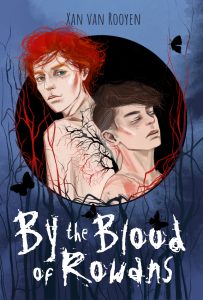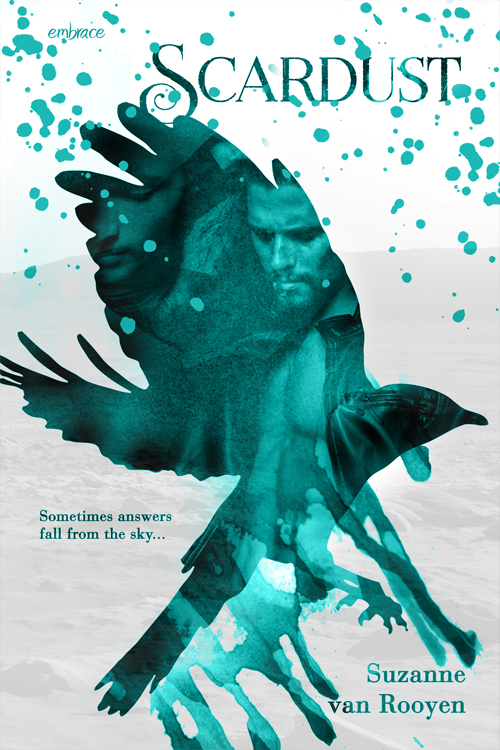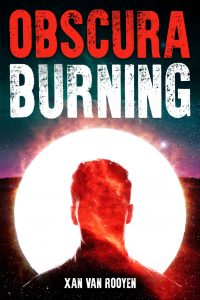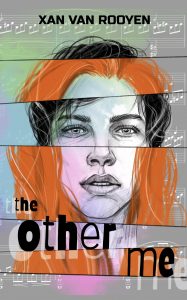 I’m an avid traveller. There’s nothing better than heading off to an unknown place, ready to discover its history and secrets. Living in Finland has made gallavanting around Europe substantially easier. Having passed through the German airports numerous times, I thought it high time I actually stopped to see a city. Berlin became the destination for a 5 day weekend. I expected old and grand, the remnants of a tragic and bloody history but what I actually found just boggled my mind.
I’m an avid traveller. There’s nothing better than heading off to an unknown place, ready to discover its history and secrets. Living in Finland has made gallavanting around Europe substantially easier. Having passed through the German airports numerous times, I thought it high time I actually stopped to see a city. Berlin became the destination for a 5 day weekend. I expected old and grand, the remnants of a tragic and bloody history but what I actually found just boggled my mind.
Berlin is defined by division, the wall erected in 1961 to stop the brain drain from east to west. Even though the wall came down more than 20 years ago, this is the city’s legacy. This part of the city’s history is found on postcards, fridge magnets and on the front of every brochure. Yes, Brandenburg gate is awe-inspiring. Yes, Checkpoint Charlie is worth a visit. Yes, the remnants of the wall should be seen by the entire world as a reminder of what not to do to the people of a city.
But there’s another Berlin, one equally influenced the chequered politics and bloody history of the country, a face that is garish, a voice that’s bombastic and a presence that is both undeniable and unapologetic. This is Alternative Berlin, the Berlin of punk squats and art-making hippies, of graffiti gangs and wheel-wagon communities, the flotsam and jetsam coming together in loose comraderie in the hopes of creating something memorable.
 I was warned as a tourist not to venture into the east, to stay away from certain suburbs like Kreuzberg, and to definitely not stroll around Kottbusser Tor at night. I didn’t listen and I’m really glad I didn’t. While one should always be wary, especially tourists who stick out like a peacock amongst pigeons, of strolling through certain areas, there are so many treasures just waiting to be discovered. The picture on the left was taken in Kottbusser Tor, an area once frequented by Lou Reed and Leonard Cohen on missions to score heroin. Not much has changed over the years and this part of the city is still known for its drug culture, its multiculturalism that can result in discord and strong left wing affiliations whose terrorist/freedom fighting actions have been known to cause civil unrest in the past.
I was warned as a tourist not to venture into the east, to stay away from certain suburbs like Kreuzberg, and to definitely not stroll around Kottbusser Tor at night. I didn’t listen and I’m really glad I didn’t. While one should always be wary, especially tourists who stick out like a peacock amongst pigeons, of strolling through certain areas, there are so many treasures just waiting to be discovered. The picture on the left was taken in Kottbusser Tor, an area once frequented by Lou Reed and Leonard Cohen on missions to score heroin. Not much has changed over the years and this part of the city is still known for its drug culture, its multiculturalism that can result in discord and strong left wing affiliations whose terrorist/freedom fighting actions have been known to cause civil unrest in the past.
Despite all that simmering beneath the surface, Kreuzberg is a cultural hub, a riot of graffiti covered walls, street art murals and colourful characters from barefoot hippies to mo-hawk toting hardcore punks – by hardcore punks I mean people who actually believe in anarchy and don’t just consider it a fashion statement.
While I shy away from the politics and drugs, I wanted nothing more than to meet the artists behind the amazing artworks littering the city. While some are illegal and require serious talent and ample courage to put in place, the ‘paste ups’ (studio drawn images pasted onto walls with glue) are legal and make for an interesting amble through the urban areas so prone to decay. Of course, your street cred is greatly improved by doing the illegal.

Even the most mundane aspects of urban living are seen as an opportunity for beauty and creativity. The picture on the right was taken in a bombed out old train depot (near the Warschauer train station) where even dustbins can become canvases. This depot currently serves as a cultural hub, home to about six nightclubs and various little bars and eateries. (Incidentally, some of the best currywurst can be eaten here). Once the site of illegal raves, it has since become associated with the more electro, hip-hop, drum and bass and dubstep scenes. It’s also home to the largest indoor skating park and numerous other clots of counter-culture.
The most fascinating find for me was an artists’s squat located in the more upmarket suburb of Mitte. Here, a motley bunch of dreadlocked tie-dye wearing hippies had set up camp in an abandoned building. They don’t pay rent, and they have their own system of organizing social hierarchies within the squat which is open to the public 24/7. They also consider themselves citizens of the world and deliberately disassociate from any ties to specific nationality (this discovered while chatting to a man born in Brazil who sold me the most magnificent hand-crafted agate pendant). Part of me wanted to shuck my normal life right there and then, slip into some homespun tie-dye threads and join them in their marijuana haze (legal to consume your own product in Germany), to just forget about the ‘real’ world.

While I can appreciate this counter-culture, while I respect those who live in defiance of government and borders, of law and consequence, I prefer being an observer. Needless to say I have been hugely inspired by my brief time spent in Germany and have no doubt some of these characters and settings will worm their way into my writing. I’d love to go back and explore more of the alternative scene in this European capital. I urge any readers who are travelling to Berlin to investigate the alternative tours on offer, to brave the scene of Kreuzberg and step off the historical track into the real Berlin that exists in splashes of colour on every corner of the city.
Have you been to Berlin? What are your thoughts about street art?



